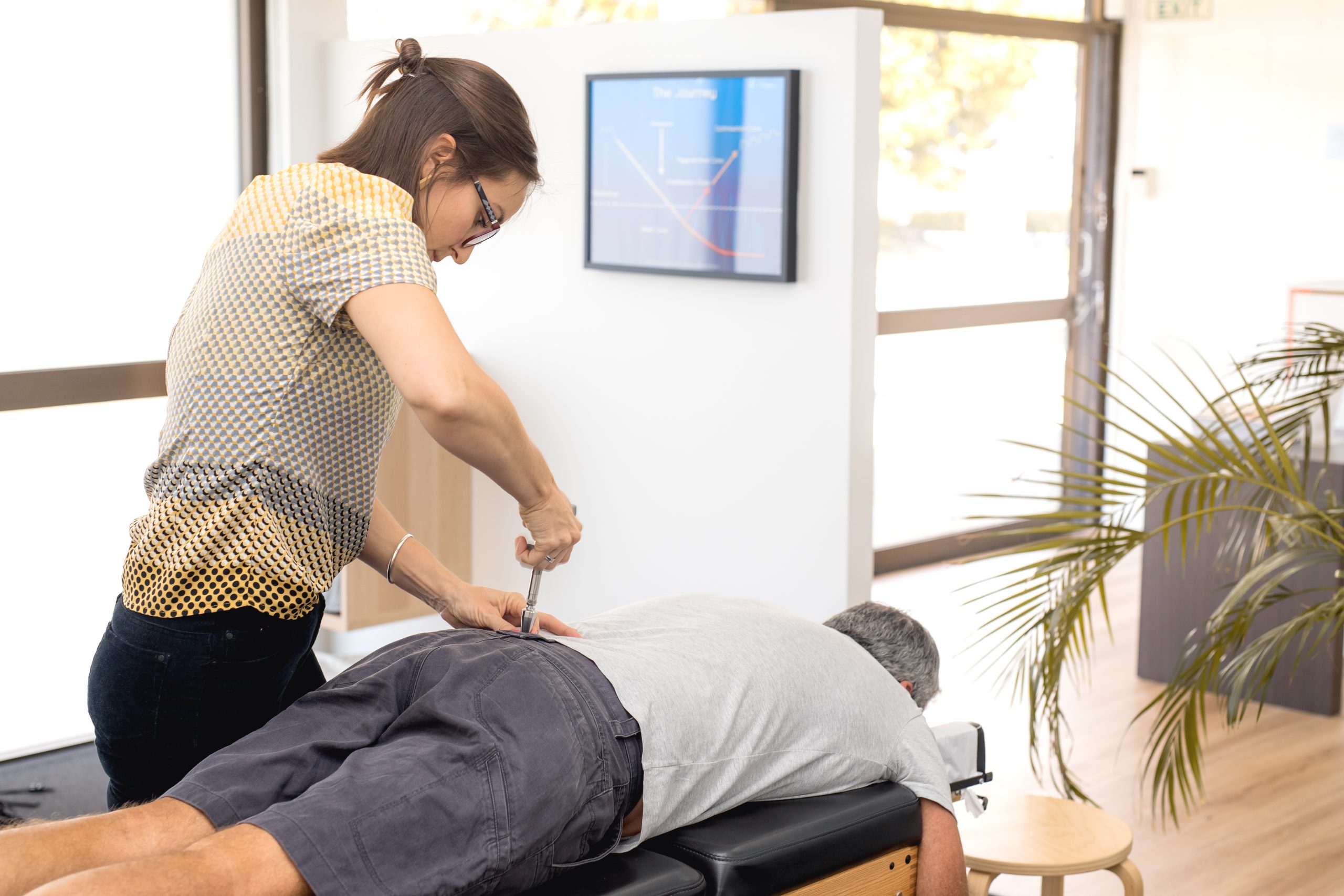Did you know?
- CTS is associated with a family history of the disorder.
- Many studies indicate that women have a significantly higher risk for carpal tunnel syndrome than men do.
- Older people are at higher risk than younger adults.
- Early in the disorder, the process is reversible. Over time, however, the insulation on the nerves may wear away, and permanent nerve damage may develop.
- Symptoms of carpal tunnel syndrome usually progress gradually over weeks and months, or sometimes years.
- Carpal tunnel is experienced by millions of people.
Source: www.umm.edu
Where is the carpal tunnel located?
The carpal tunnel is a narrow passageway located on the palm side of your wrist. It is made up of bones and ligaments.
What causes carpal tunnel syndrome?
There is a median nerve that controls sensation and movement in the thumb and first three fingers. It runs through this passageway along with tendons to the fingers and thumb. When this nerve becomes compressed or pinched, the result is tingling, numbness, weakness or pain in the hand, fingers and wrist. The pain can be so intense that it wakes you up at night. You can also develop similar symptoms in the upper arm, elbow, shoulder, or neck.
How do you treat carpal tunnel?
We first recommend you see a chiropractor, however, you can treat carpal tunnel if it is in a mild form with at home care.
Stop activities that cause numbness and pain. Rest your wrist longer between activities.
Ice your wrist for 10 to 15 minutes 1 or 2 times an hour.
Try taking nonsteroidal anti-inflammatory drugs (NSAIDs)to relieve pain and reduce swelling.
Wear a wrist splint at night. This takes pressure off your median nerve.
Start treatment soon to help prevent long-term nerve damage.
Source: www.webmd.com
How do you keep carpal tunnel syndrome from coming back?
It is important to make sure that you are staying at a healthy weight and are exercising. Your overall health and wellness should be the top priority.
Here are some tips to take care of your wrists and hands:
- Try to keep your wrist in a neutral position.
- Use your whole hand-not just your fingers-to hold objects.
- When you type, keep your wrists straight, with your hands a little higher than your wrists. Relax your shoulders when your arms are at your sides.
- If you can, switch hands often when you repeat movements.
Source: www.webmd.com
Where can I go for help?
It is best to see a chiropractor who will ensure that the spinal column is free from nerve pressure between the arms and wrists and the nerves in the neck. To see if chiropractor may be able to help you call (402) 375-3450 today for a complimentary consultation. We will offer you our honest and sincere assistance.




